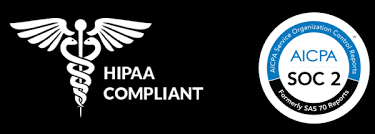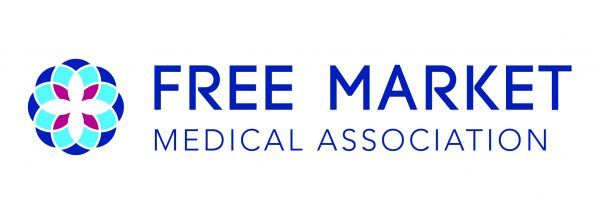Health Compiler and Hint Collaborate to Enhance Primary Care Practice Growth
Navigating Self-Insurance: A Comprehensive Guide to Preparing Your Health Plan Document

Transitioning to a self-insured health plan can be a strategic move for employers looking to manage costs while providing comprehensive healthcare benefits to their employees. However, this approach requires careful planning and compliance with various legal requirements. Here’s a comprehensive guide on how to prepare a plan document for a self-insured health plan.
Understanding Self-Insured Health Plans
A self-insured health plan, also known as a self-funded plan, is one where the employer assumes the financial risk for providing health benefits to its employees. Instead of paying premiums to an insurance company, the employer uses its own funds to pay for employee claims directly. This model offers several advantages, including reduced costs and increased flexibility in designing benefits.
Benefits of Self-Insured Plans
- Cost Control: Employers can save on premium costs and avoid state-mandated benefits that often inflate insurance prices.
- Customization: Self-insured plans allow for tailored benefits that meet the specific needs of the workforce.
- Cash Flow Management: Funds that would typically go to insurance premiums can be retained by the employer until claims arise.
Key Components of a Self-Insured Health Plan Document
Creating a comprehensive plan document is crucial for compliance with the Employee Retirement Income Security Act (ERISA) and other federal regulations. Here are the essential elements that should be included:
1. Plan Overview
The document should start with an overview that explains the nature of the self-insured plan, including:
- Definition of self-insurance
- The employer's role as the plan sponsor
- Description of covered benefits and services
2. Eligibility and Enrollment
Detail who is eligible for coverage under the plan, including:
- Employee classifications (full-time, part-time)
- Dependents and eligibility criteria
- Enrollment procedures and deadlines
3. Benefits Description
Clearly outline all benefits provided by the plan, including:
- Medical services covered (hospitalization, outpatient care, preventive services)
- Prescription drug coverage
- Mental health services
- Any exclusions or limitations on benefits
4. Claims Procedures
Include detailed procedures for filing claims, which should cover:
- How employees can submit claims
- Timeframes for claim submission
- Steps for appealing denied claims, in compliance with ERISA §102 requirements
5. Coordination with Stop-Loss Insurance
If applicable, explain how the self-insured plan coordinates with stop-loss insurance to protect against high-cost claims. This section should clarify:
- The purpose of stop-loss insurance
- Coverage limits and exclusions
6. Administrative Services Agreement (ASA)
If using a Third-Party Administrator (TPA), include details about the ASA, which outlines:
- Responsibilities of the TPA
- Fees and payment structures
- Compliance obligations
7. Fiduciary Responsibilities
Identify individuals or entities responsible for managing the plan and its assets, as required under ERISA. This section should cover:
- Duties of fiduciaries
- Procedures for appointing fiduciaries
- Compliance with Internal Revenue Codes relevant to self-funded plans
Compliance Considerations
Transitioning to a self-insured health plan comes with additional compliance responsibilities that employers must address:
- ERISA Compliance: Ensure that the plan document meets all ERISA requirements, including reporting and disclosure obligations.
- ACA Reporting: Employers must complete Form 1095-C for full-time employees under the Affordable Care Act (ACA), detailing coverage offered.
- State Regulations Exemption: While self-insured plans are exempt from many state insurance laws, they must still comply with federal regulations.
Conclusion
Preparing a plan document for a self-insured health plan is a critical step in ensuring legal compliance and effective management of employee health benefits. By understanding the key components required in the document and adhering to compliance obligations, employers can successfully navigate the complexities of self-funding their health plans. Employers considering this transition should consult with legal and benefits professionals to ensure their plans are structured properly and compliant with all applicable laws. With careful planning and execution, self-insured health plans can provide significant advantages while meeting employees' healthcare needs effectively.

+1 415 657 8241
Health Compiler Inc.
2261 Market Street #4632
San Francisco, CA 94114
All Rights Reserved | Health Compiler Inc.
Made with ❤️ in San Francisco

QUICK LINKS
RESOURCES
LET'S STAY IN TOUCH
Contact Us
We will get back to you as soon as possible.
Please try again later.

